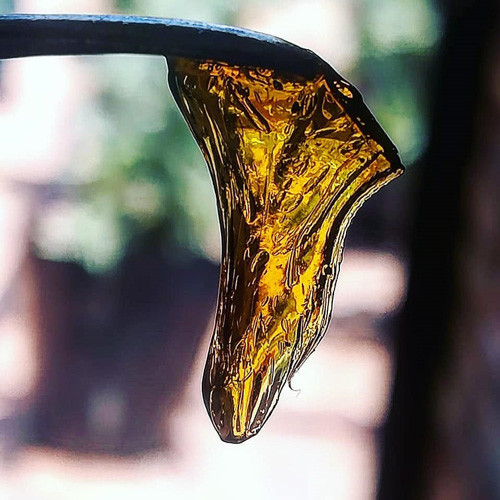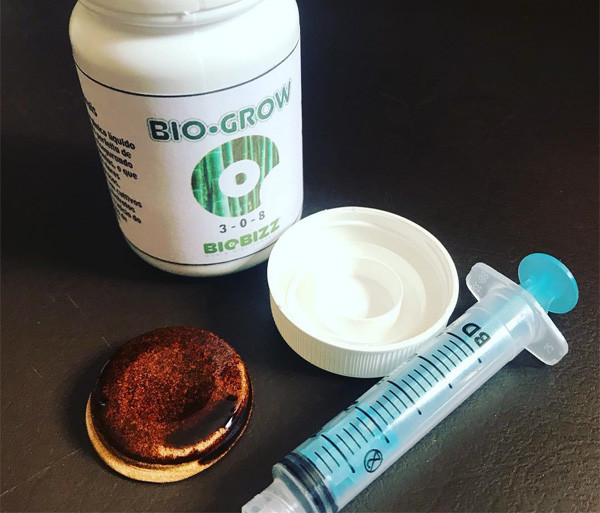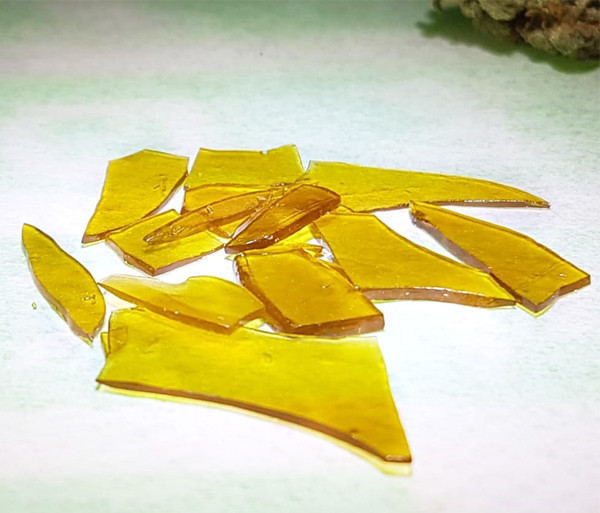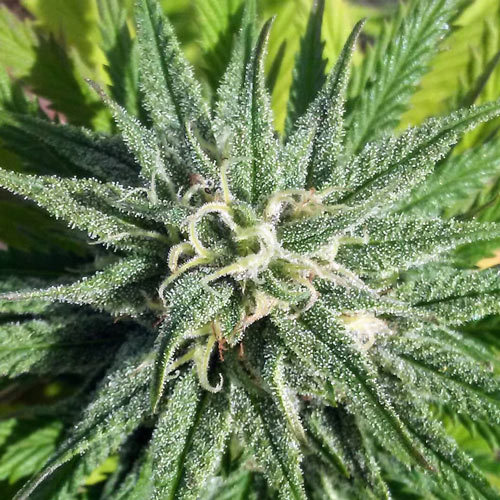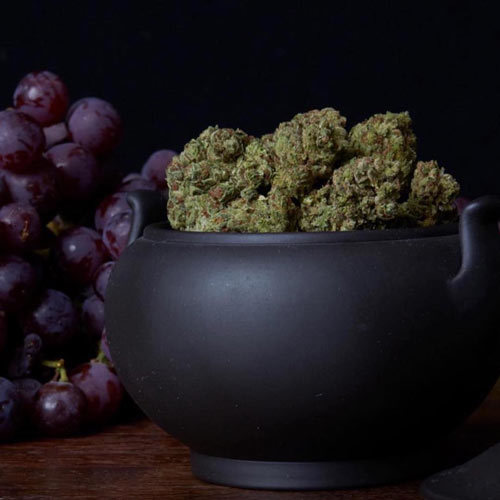The CBD Extract
Cannabidiol (CBD), along with other compounds derived from cannabis, is slowly moving from the fringes of society to the fringes of medicine and pharmacology to everybody’s attention. The problem at present, however, is that we are not really there yet. And where there is little regulation, there is a high probability of chaos ensuing. After all, freedom does not mean doing whatever one wants.
Typically, in the description of a product containing cannabidiol, the consumer can spot a brief inventory of (conspicuously) harmless side effects and/or counterindications. While it is true that even outlandish doses of CBD are not life-threatening, an individual has the right and the obligation of knowing what is going into his/her system and the probable aftermath.
Taking into account the realities mentioned above, our aim for this article is to paint a large(r) picture of CBD’s known and potential side effects.
Truths & Myths about CBD
For a substance that was isolated almost 80 years ago and which has been studied by pharmacologists quite extensively (with around 150 studies relating to its safety by 2010), a host of misinformation and preconceptions about it persist among the general public about cannabidiol (CBD). The causes of this phenomenon are, for the most part, well known and we will not delve into them here.
A shift in both public opinion and official attitudes toward cannabis and cannabinoids has occurred in the past five years, and while many companies involved in the (legal) cannabis industry along with several media outlets have worked toward correcting public perceptions, ingrained beliefs are a formidable opponent. The myths surrounding cannabis, cannabinoids, and CBD usually center around three gross over-simplifications that have permeated collective attitudes:
Cannabis Equals Marijuana Equals Recreational Drugs
This is the crudest prejudice, and thankfully it is waning every day, yet it still has its proponents. In reality, some people are willing to overlook that many different strains of cannabis do not contain the intoxicating cannabinoid tetrahydrocannabinol (THC) and have been around for thousands of years used primarily in the textile industry. Explaining to this category of individuals that CBD is a chemically obtained extract of cannabis with certain properties that have been slowly gaining a following within the medical profession would be a waste of time.
Medicine Containing Cannabis is Only for the Terminally Ill
This brand of thinking is closely associated with the one described above and, while not placing cannabinoid use in the realm of criminality, it still sets it in what is a taboo place for every day While it is true that the only sanctioned (at present) use of cannabidiol is for the relief of symptoms associated with pediatric epilepsy, it is still a very reductionist view. Since 2015, government agencies are investigating some therapeutic effects of cannabinoids, with cannabidiol chiefly among those. There have already been numerous, albeit small-scale, studies which put the potential benefits of cannabinoid supplementation on a very wide spectrum.
These are Just Dietary Supplements Well-Marketed Placebos
Of all the myths about cannabis and cannabidiol; this one is by far the most grounded in evidence. The dubious state of things in the US – of FDA-approved, tightly regulated substances and of dietary supplements which practically have no status – has sparked the bona fide industry of dietary supplements, which understandably and rightly so has its detractors. The fact that many supplement manufacturers turn out to be morganatic endeavors keen on exploiting a trend in an uneducated public’s attitudes have done little good to the future of a few promising substances that arise from what is a tarnished market.
The case of cannabidiol is a relevant one for this issue, and it has taken a lot of time and effort to be considered for the potential that some pharmacologists have signaled from at least the late 1980’s.
Every substance ingested can have potential unwanted side effects for certain individuals. Here, there are some factors to be taken into account for even those compounds that are considered ubiquitously harmless: personal allergies, acute and especially chronic illnesses, family history, medication, etc.
Dosage is everything – every specialist recommends starting with a low dosage of cannabidiol, giving the cannabinoid time to observe its effects before increasing or decreasing the dosage, with seven days being the usual standard unit of time measurement in this case. For example, in the experimental treatment of children with epilepsy, the dosage begins at just 1 mg/kg of body weight per day, which would translate into a 50 to 75 mg of CBD per day for a healthy adult. Even though this proportion may seem low enough, considering there are CBD supplements which delivering an amount in excess of 500 mg per serving, there is a consensus that children and younger adolescents tolerate the substance much better than adults, with commonly reported side effects like lightheadedness or drowsiness being far rarer in the studies involving children.
A common explanation involves the intricate factors that fluctuate blood pressure in children vs. adults. Another aspect in favor of moderate dosing is the long(er) term aspect of a cannabidiol-inclusive regimen. There is virtually no research on this essential issue; however, some professionals who have treated chronic pain with full-spectrum cannabinoids over time have theorized that starting out with a larger dose does nothing for the more distant future. Also, advocates of higher doses tend to rely on the plethora of animal studies which investigated the effects of cannabinoids. Such studies suffer from inherent limitations – the differences between a rodent’s metabolism and its human counterpart, budget constraints, or pressures to expedite findings – and while being a valuable part of such research, one cannot act on the grounds of such conjectural evidence.
World Health Organization Guidelines on CBD
Leafing through the report on cannabidiol presented at the end of last year in Geneva, at the 39th meeting of the Expert Committee on Drug Dependence of the World Health Organization (WHO), one cannot help but feel that cannabinoids in general, and CBD in particular, are still considered by public opinion (in the most general connotation of the term) to be associated with the (illegal) trade and consumption of cannabis. The structure of the report suggests it is dealing with a novel public health issue, even though the content is highly objective. Another aspect that enforces the less than auspicious first impression is the constant drawing of comparisons with THC. This may be for a better understanding on the part of laypeople reading the report, yet we believe a more de-contextualized approach would have benefited a substance which, after all, is part of the sanctioned ongoing pharmacological research.
The stylistic grievance mentioned above may be truly unintentional, as this was the first time when cannabidiol as a standalone substance came under the attention of the World Health Organization. The main objective of the WHO is to raise the alarm about and try to combat dangers to world health, not be at the cutting edge of innovation. Nevertheless, from the very first paragraphs of this report, its authors concede that more research is mandatory for a better understanding of cannabidiol and cannabis-related substances. One of the most interesting specifications of this document has to do with the climate influence on the CBD potential of a cannabis plant. The WHO experts cite a study which concluded that the content and quality of resulting cannabidiol is negatively affected by excess precipitation, yet positively influenced by higher temperatures in both the atmosphere and the soil. Therefore, consumers should pay extra attention to the origin and the cultivation method of the plants which constitute the precursors of their supplementation

The fact that cannabidiol has a relatively low melting point (62°C or 144°F) and high solubility in several solvents (especially ethanol) means that it has a potentially endless number of applications, something that is evident from the boom of countless dietary supplements. Furthermore, as it is so versatile, scientists can experiment with cannabinoid formulations that can alleviate symptoms of many disorders, hence the hype around CBD in the pharmacological industry.
Many skeptics wrongly dismiss cannabidiol as psychoactive marijuana under another designation. The WHO definitively concludes that there is no chance of even high concentrations of CBD morphing into its more psychedelic cannabinoid (THC) either through chemical reactions in the human metabolism or even in laboratory conditions. Even the existence of such inferences, often from reputable individuals, demonstrates that cannabis-related products are still firmly under the shroud of social prejudice, and are unlikely to escape from it very soon. What this verdict from the WHO means is that cannabidiol is a viable substance, devoid of dangerous and pernicious side effects, primed for further research endeavors.
Some of the highlights of the toxicological section along with the rest of the report include:
- Inconclusive data on CBD and cancer (it neither slows down nor speed up the growth of tumoral cells);
- Weak link between CBD supplementation and hormonal imbalances;
- Behavioral studies on animals have proved that no interference exists;
- Fetus development not affected (animal testing);
- Low concentrations of cannabidiol mildly dynamize immune function;
- High levels of CBD moderately inhibit immune function;
- An unresearched potential of interacting drugs related to the digestive function;
- Cannabidiol does not adversely affect the rodent brain’s reward mechanism, thus proving no potential for the substance’s abuse;
- High degree of tolerance in all human studies conducted thus far;
- Pre-clinical evidence for CBD therapeutic benefits in 17 diseases (or class of disorders), however strong therapeutic benefits fully confirmed for epilepsy and a few other seizure-manifesting disorders.
Consumer-Reported Side Effects of Cannabidiol
In this section, we will be reviewing quite a few side effects reported by individuals who have undergone cannabidiol supplementation. Compared with the information presented in the previous sections, these reports have obvious downsides – there is no way of making sure of CBD quality, source, concentration, the method of administration, or medical history. Nevertheless, some of the more conscientious supplement manufacturers have taken these reports into account, and they have made their way onto product labels and into heated online debates
Low Blood Pressure
Individuals smoking marijuana (THC) typically undergo a jolt in blood pressure of about 15 percent, while cannabidiol users frequently report the opposite. This potential side effect is virtually present on all CBD product labels. Comprehensive evidence is still lacking; however, a study published in 2017 in the Journal of Clinical Investigation on a group of healthy young male adults has confirmed the low blood pressure hypothesis.
Still, the number of subjects was ridiculously small (9 individuals), and a single administration barely compares with regular supplementation, the manner in which cannabidiol is mostly administered.
High blood pressure is not among the diseases mentioned in the WHO report whose treatment can be addressed with medication featuring cannabidiol.
Lightheadedness
Almost always associated with (and mostly caused by) low blood pressure. Most of the time, it is accompanied by dizziness. If experiencing this whole set of symptoms, an individual should closely monitor blood pressure, and address that problem first.
With that said, some respected figures in the cannabis research community have suggested that dizziness and/or lightheadedness stem from neuromodulation caused by the actions of phytocannabinoids on specific receptors in the endocannabinoid system. In cases of CBD supplementation, a lowering of the dosage typically makes this inconvenience go away.
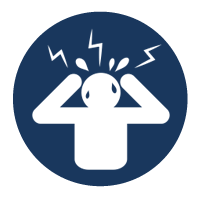
Drowsiness or “brain fog”
This state, which can be described by many figures of speech can have a multitude of causes, but it has been associated with larger doses of cannabidiol. Still, a vast majority of users have never experienced it.
In the infancy of cannabinoid research, it was thought (a mere hypothesis which nevertheless has been mistakenly perpetuated) that CBD is the anti-THC. Therefore, common sense would have it that cannabidiol should bolster alertness, having the opposite effect of THC. More recent hypotheses, however, argue that phytocannabinoids impact the sympathetic and parasympathetic nervous systems, which greatly influence mood. Naturally, more research is warranted on the subject

Dry Mouth
Some may argue that this is a trivial side effect to be mentioned, but it is arguably one of the most important. Firstly, because it is the most often reported side effect of CBD secondly because the accumulation of bacteria in the oral cavity can wreak havoc among individuals with sensitive teeth and/or digestive tract.
The causes behind this unwanted consequence probably belong in the same under-researched endocannabinoid system particularities, yet there are obvious measures one can take against them – staying hydrated throughout the day, avoiding salty foods, or stimulating salivary secretion through more prosaic behaviors such as chewing gum.
Insomnia
It seems counterintuitive for the same substance to produce side-effects that are opposites, such as drowsiness and insomnia. Though there are far fewer reported cases of insomnia, the fact that many people consume cannabidiol obtained from different sources, under different formulations, regimens and/or concentrations can produce strange aftermaths. Both experts and laypeople advise the consumption of CBD early in the morning for individuals who have experienced such episodes of insomnia.
In a minority of people, cannabidiol seems to influence sleep in a manner reminiscent of alcohol: it facilitates falling asleep, yet it reduces the ability to reach its REM phase, thus negatively affecting the overall quality. This reaction can be easily countered by altering the time of day when cannabidiol is administered.
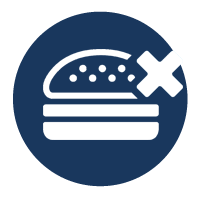
Appetite Suppression
For a long time, this under-reported reaction to cannabidiol has been explained by the much-touted explanation of cannabidiol being the anti-THC. Indeed, the only available scientific study on the matter involves the neutralization of THC effects through the use of CBD.
The current hypothesis considers possible hormonal interferences CBD might produce, through the stimulation of endocannabinoid receptors. With that said, many people would never complain about the appetite suppressing capabilities of a naturally occurring substance.

Depression
Possibly the most heated debate concerning cannabidiol usage revolves around depressive There probably is an equal amount of individuals noticing an alleviation of depressive symptoms as there are those who make cannabidiol as the culprit of their aggravation.
As depression takes a multitude of facets, a single overriding explanation may be a fool’s errand. Nevertheless, one can equate this state of things with the conflicting testimonies involving CBD and insomnia/overall energy levels. Scientists have identified a tendency of these depressive bouts to occur after particularly intense activations of the central nervous system. It is well-known that cannabidiol stimulates the plethora of endocannabinoid receptors found in these areas. Thus, an explanation is at hand, leading to the advice of avoiding CBD supplementation in people with a history of depression or other neuropsychiatric problems.
- Drugs Promoting Hepatic Regeneration – cannabidiol influences liver regenerating medication indirectly. There is a specific category of enzymes (cytochrome P450) that help in the metabolization of many of these drugs, and high doses of cannabidiol inhibit the secretion of these enzymes. Even though there are numerous other naturally occurring inhibitors of cytochrome P450 (such as many types of citruses), individuals in this situation are advised against cannabidiol supplementation.
- Medication that reduces intra-ocular pressure, which is most often prescribed for patients suffering from glaucoma. There is a study published in 2006 in the Journal of Glaucoma on the matter of this interaction, with a sublingually administered 20 mg dose of cannabidiol neutralizing the effect of medication in glaucoma cases. Though a single study is no final sample, it has been enough to raise some red flags even with some CBD manufacturers.
- Aggravation of tremors in patients with Parkinson’s Disease – because CBD is a noticeable alleviator in other neuromotor disorders, this situation may sound contradictory. Granted, the causes and intricacies of Parkinson’s are still a mystery to researchers, and cannabidiol was never touted as a miraculous solution for the disease. Patients with this affliction should abstain from self-medicating, and always consult their physician before undertaking the most innocuous sounding dietary supplementation.
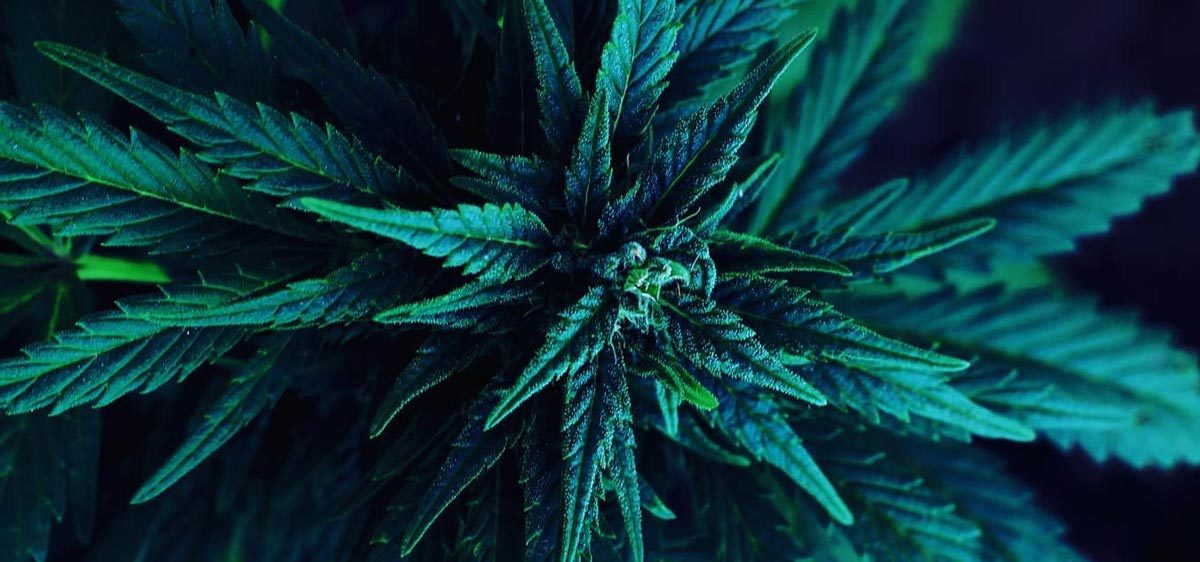
Root Cause of CBD’s Side Effects
In an ideal situation, this person should lead a healthy lifestyle (meaning nutritious diet, lack of sleep issues, and thorough, round-the-clock hydration), consistently engage in the advised amount of physical activity, and not have any chronic conditions. This ideal-type should have no problems in tolerating even high doses of cannabidiol without experiencing any side effects. And he/she also would consult their doctor before attempting supplementation. This, along with currently undeciphered genetic predispositions are the most essential factors in the possibility of having an unwanted reaction to CBD.
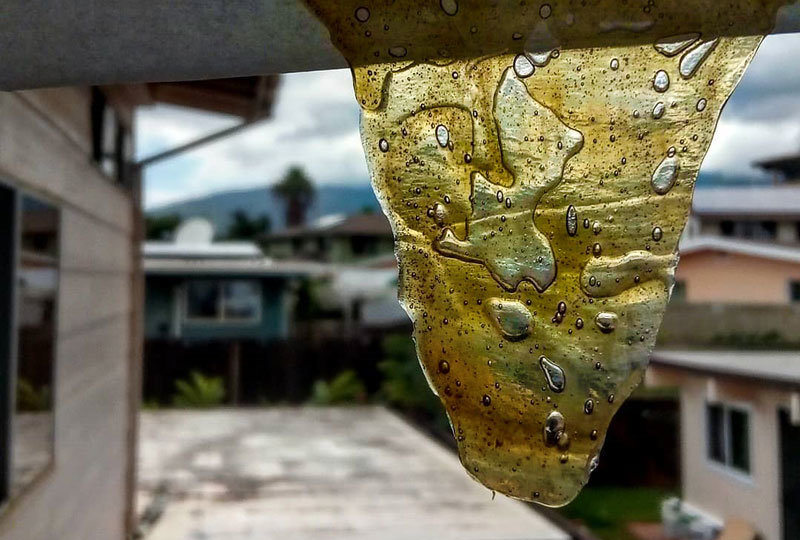
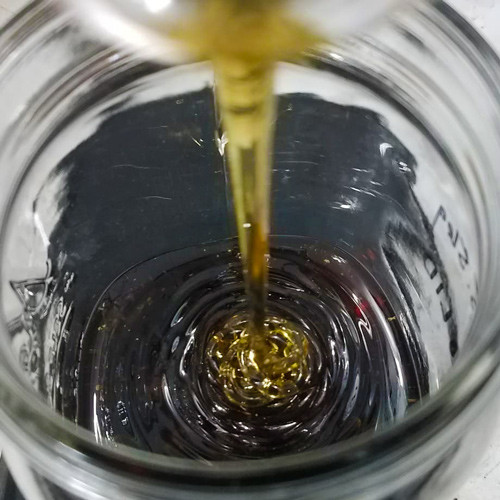
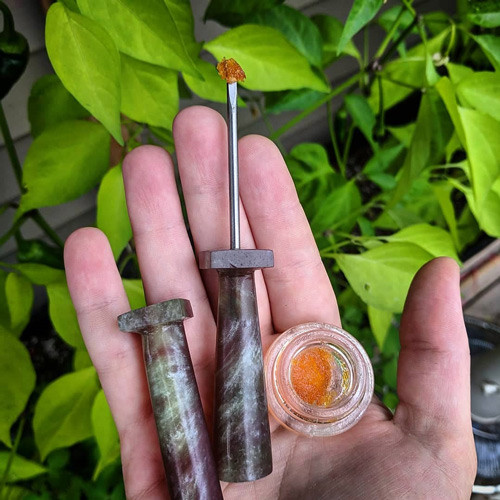

If these two categories of factors do not elicit reactions, then there are three more types of variables to consider in the case of a sudden appearance in unwanted responses:
- Dosage – we have already covered the aspect of dosing in a previous section, although for these specific purposes it is necessary to restate that a healthy adult should always begin CBD supplementation at no more than double the 1mg per kilogram of body weight cited above.
- Conditions of Administration – anybody who has been under some medication knows that the regimen is centered around the three meals of the day. The same is true for cannabidiol, with most of the reported side effects being more pronounced when taken on an empty stomach.
Furthermore, people should consider that despite many technology-driven changes, humans remain diurnal animals. Therefore, most specialists agree that, in aiming for maximization of benefits and minimization of potential side effects, CBD should not be ingested on an empty stomach and, if possible, in more than one sitting as early in the day as is convenient.
There are also controversies surrounding methods of administration because, as is to be expected, different experts advise different ways even though the majority of human studies have involved sublingual absorption.
- Particularities of the Cannabidiol Extract – while the two former categories of influencing factors certainly have their significance in the overall CBD experience, the quality of the product is undoubtedly
There often are reports that the same type of product, with the same concentration from one CBD brand, produces wildly different effects in the same person compared with another from a different brand.
The controversial reality is that during the long process that starts with planting a particular strain of cannabis, through harvesting and cannabinoid extraction, a lot of things can happen. Cannabis can become contaminated with pesticides or other contaminants from a specific soil or air, certain additives can be used in the extraction process, or a manufacturer may not follow the extraction method instructions to the T. Sadly, because CBD supplements belong to an unregulated market, these many factors that can potentially cause side effects cannot be adequately accounted for.
References


